Formula 1 has different explanations. It all depends on which side you are in. For the racers, it is the pinnacle speed, cutting-edge technologies, cars, and physical abilities required to sustain all that. It is the glamorous destination, exciting show, and enormous money to keep this theater on the wheels for entrepreneurs. But all these above gather together to provide breathtaking races and incomparable experiences for the fans. This community is a very closed web, where to go in is the chance for a million, while a high possibility to go out fast. So, let’s explore what Formula 1 is and its sense through how everything works there.
FORMULA 1 CARS
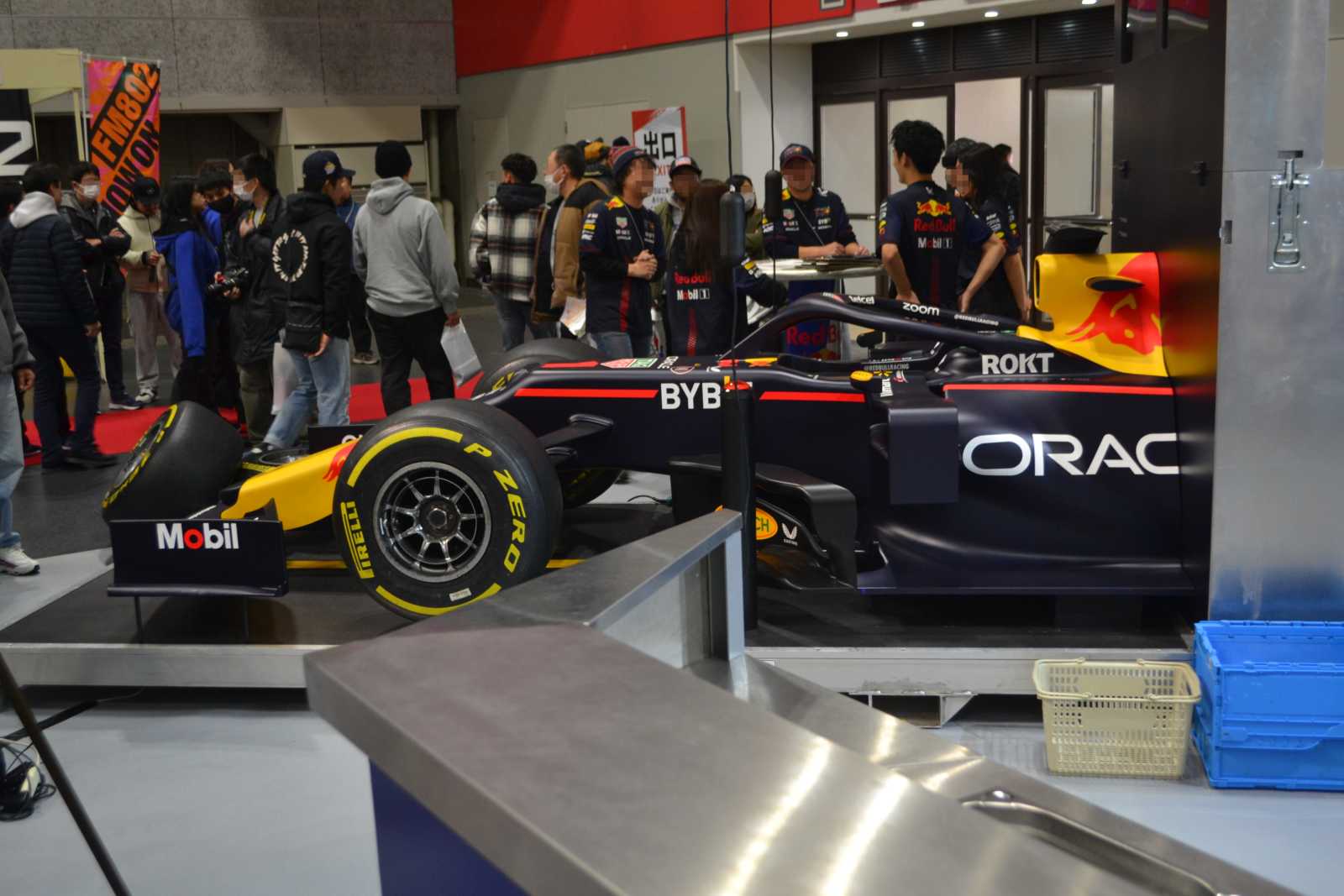
ONE DAY – ONE CHANCE
The teams have spent months and years developing the maximal-performance car, the drivers have spent days and weeks preparing, and all the engineers have no time to sleep in searching for the best settings for the car. All it has made just for one day – the race day or the Grand Prix. The Grand Prix is held on Sunday. It has been the tradition since the first race in 1950.
Formula 1 is a team sport. Each team has over a thousand employees: high-class engineers, professional managers, talented mechanics, and power-minded strategists. The ten teams represent two drivers: from fast Red Bull, Ferrari, Mercedes, and Aston Martin to mid-fast McLaren, Alpine, Alfa Romeo, and AlphaTauri, to less competitive Haas and Williams. Twenty drivers complete the grid.
Since the race started, it has been a battle of speed for the following hour and a half because each one on the grid has the chance to score points, but under certain circumstances.
However, predicting all circumstances is the team’s primary goal before the race, the time we call race week. Therefore, each Formula 1 weekend starts with a practice session.
PRACTICE AND QUALIFYING
FIA banned the F1 cars’ testing during the season to find the right setting teams available at practice only, which is usually set for thrice: two on Friday and another one on Saturday. If something goes wrong, even if the cars crash, the engineers and mechanics will fix the issue fast. However, it is better not to crash the car ahead of the race.
As soon as settings are found, the drivers go through the three timed parts of qualifying – Q1, Q2, and Q3 to line up in the order on which they start, which is what we call the starting grid.
During the limited time: 18 minutes for Q1, 15 minutes for Q2, and 12 minutes for Q3, drivers shot out each other with the best time. No starts after time ended. The fastest qualifier starts in front, which is what we call the pole sitter. Quali day is Saturday, but sometimes, race weekend includes the Sprint, and the usual schedule is switched.
SPRINT
Sprint is like a mini-race that provides F1 fans with another thrilling adventure. Why thrilling? The drivers are free to choose the starting tire, and there is no need for pitstops while the entire race is just 100km long and lasts for 25-30 minutes, or 17-20 laps, depending on the track. It is a pure adrenaline rush because drivers can score points or lose everything.
The points system in the F1 Sprint race differs from the scores in the Grand Prix. The winner gains eight points, each followed driver to one point less. Since ninth place, there are no points.
As for the weekend schedule, the Sprint sets on Saturday for two events: Sprint Shootout and Sprint Race. It doesn’t replace the classical qualifying sessions but switches them to hold on Friday with only one practice session.
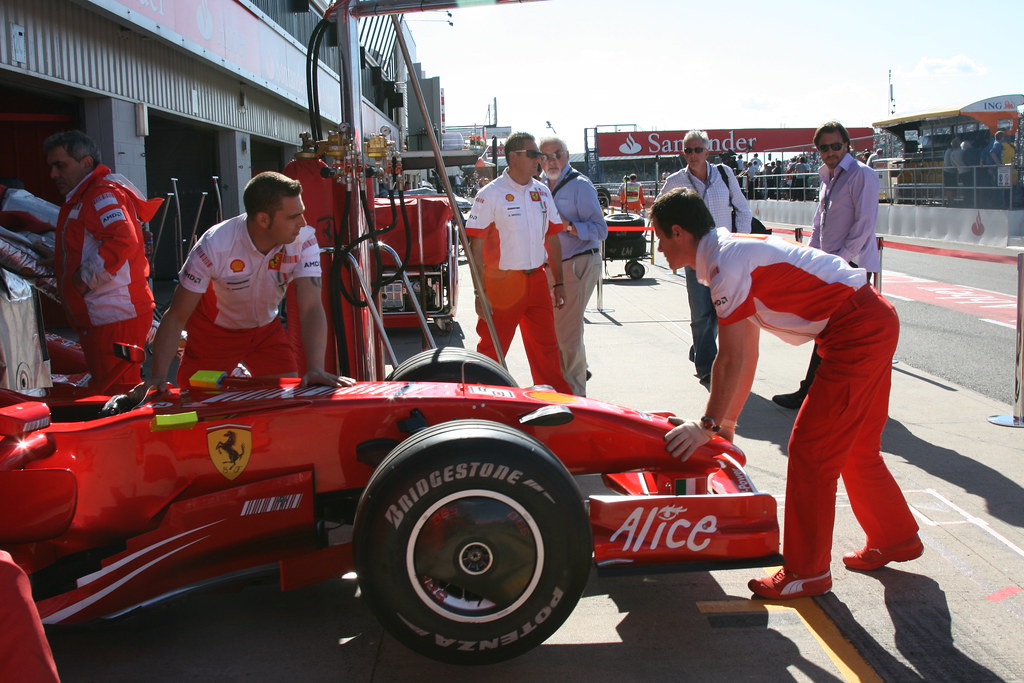
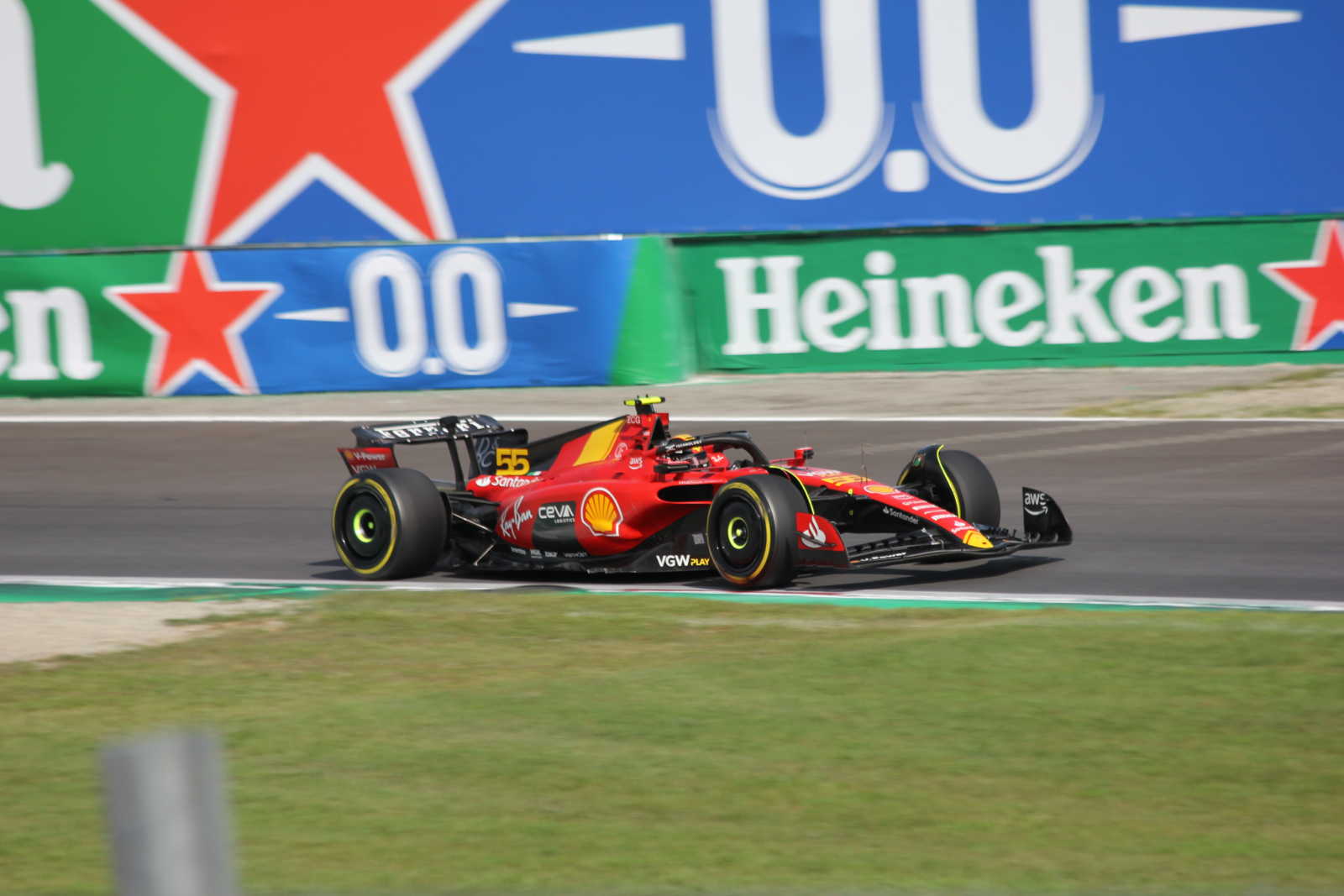
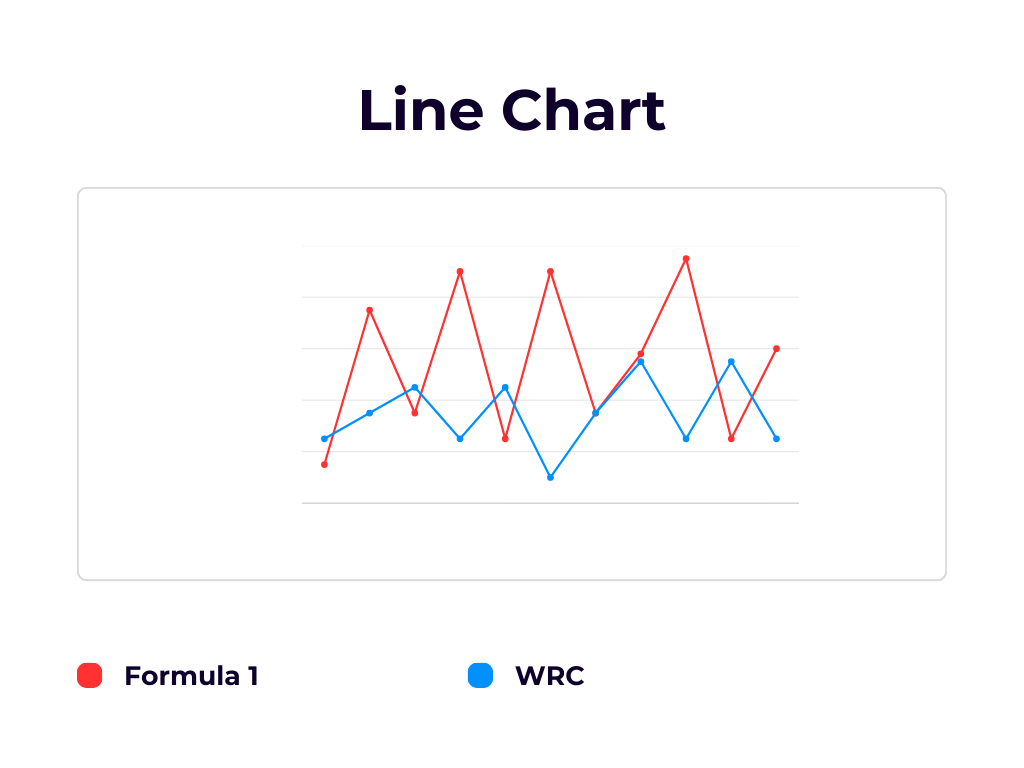
PITSTOP
To improve the F1 car’s performance during the race, it needs the pitstop or the stop in the pit box to fuel, change tires, and fix issues such as wing changes. The tires are all about the grip. The more grip the driver has – the faster he is. Pitstop can last for 2 seconds, which is the best time, or it can last for 10 seconds if something goes wrong. The teams have practice pitstops before the Grand Prix.
However, changing tires is crucial because the team makes the right choice between white-stripped Hard, yellow-stripped Medium, and red-stripped Soft. If the rain, the variation adds the green-stripped Intermediate and blue-stripped Wet tires.
The long-lasting Hard or the fastest Soft?
Tire choice in Formula 1 depends on the track features, weather conditions, and the car’s settings. Therefore, the official tire supplier, Pirelli, announces the recommended compounds before the race. However, the choice between long-lasting Hard, fastest Soft, and the Meduim between two is the primary question in tire management. Superfast Soft provides the fastest speed but for a short time, as these tires go fast.
Superfast Soft provides the best grip for the maximal speed, but for a short time, as these tires are gone fast. Lower Hard tires don’t promise the fastest time but have served for two times longer than Soft. The advantage is clear between worn Soft and fresh Hard and sometimes may cost a second on the lap. On the other hand, not all car settings are suitable for certain tire types. That is the problem.
Each team keeps their strategy secret until the end. So, no one knows for sure what Plan any driver has to keep on until the chequered flag – the signal that the race is finished.
However, during the Formula 1 race, you can watch many other colored flags. Each one holds its own message to the drivers. The yellow flag warns about an incident to happen, the red reports the race stopped, and the green indicates the track is clear. All of that is made for the safety and the rules to keep.
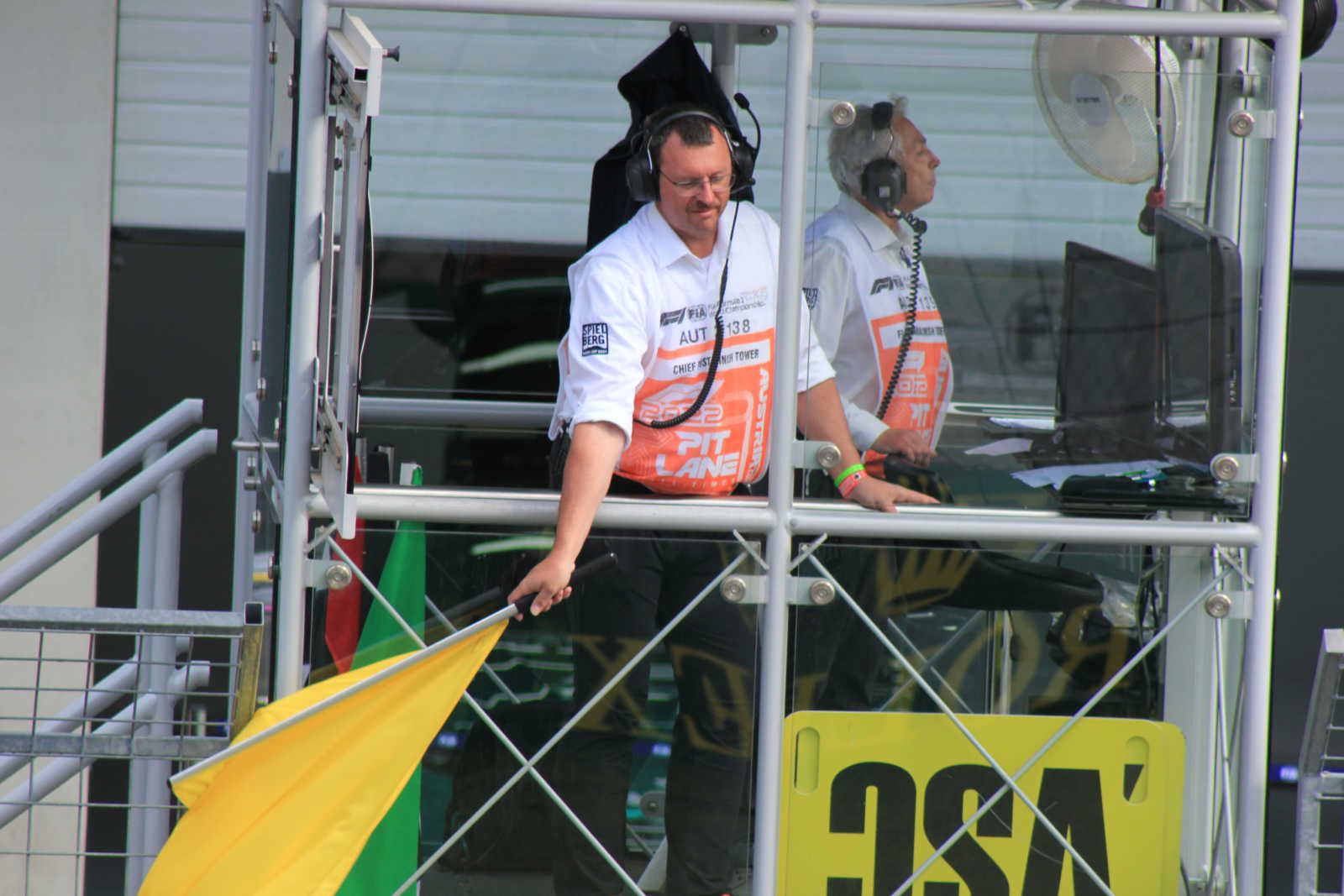
THE POINTS SYSTEM
Like it or not, on the finish, but only three drivers bask in the rays of glory. All three complete the podium, the presenter takes the interview, they take the champagne shower with one person from the team winner, while from the 4th till the 10th go the team with a few points in their pocket. The rest go home with nothing.
The top ten finishers gain the points: 25, 18, 15, 12, 10, 8, 6, 4, 2, and 1 point respectively, but if they completed 75-100% of the distance. If hard rain or any other circumstances when drivers have completed 50% – 75% of the distance, the first tenth awarded 19, 14, 12, 10, 8, 6, 4, 3, 2, and 1 points respectively. In both cases, the drivers can score an additional point for the fastest lap during the race.
Drivers don’t get the prize money, but the teams do, as with a pot of almost $1 billion annually, the FIA distributes money among the teams. The exact amount per one point is the branded secret to set far from the public. However, you can explore the F1Chronicle’s insight on the prize money. Unlikely drivers are disappointed with that fact because their salaries that can reach tens of millions of dollars pay it off.
At the end of the season, the trophy goes to the driver and team that scored the most points. They become championship winners and mark their names in Formula 1 history.
OFF-SEASON IN FORMULA 1
After all the scheduled races are played, it starts the season break or the Formula 1 off-season. During this time, F1 teams and drivers go on vacation, but soon after, they start work with new cars for the following season.
At the beginning of the year, teams one by one present their new vehicles on the F1 car launches. Each presentation provides a small show, where the new car appears with a brand-new design and sponsor titles.
However, the new Formula 1 season starts in March with a few days of preseason tests in Bahrain – time for drivers to adapt to the new car. After a week, the season opener race starts.
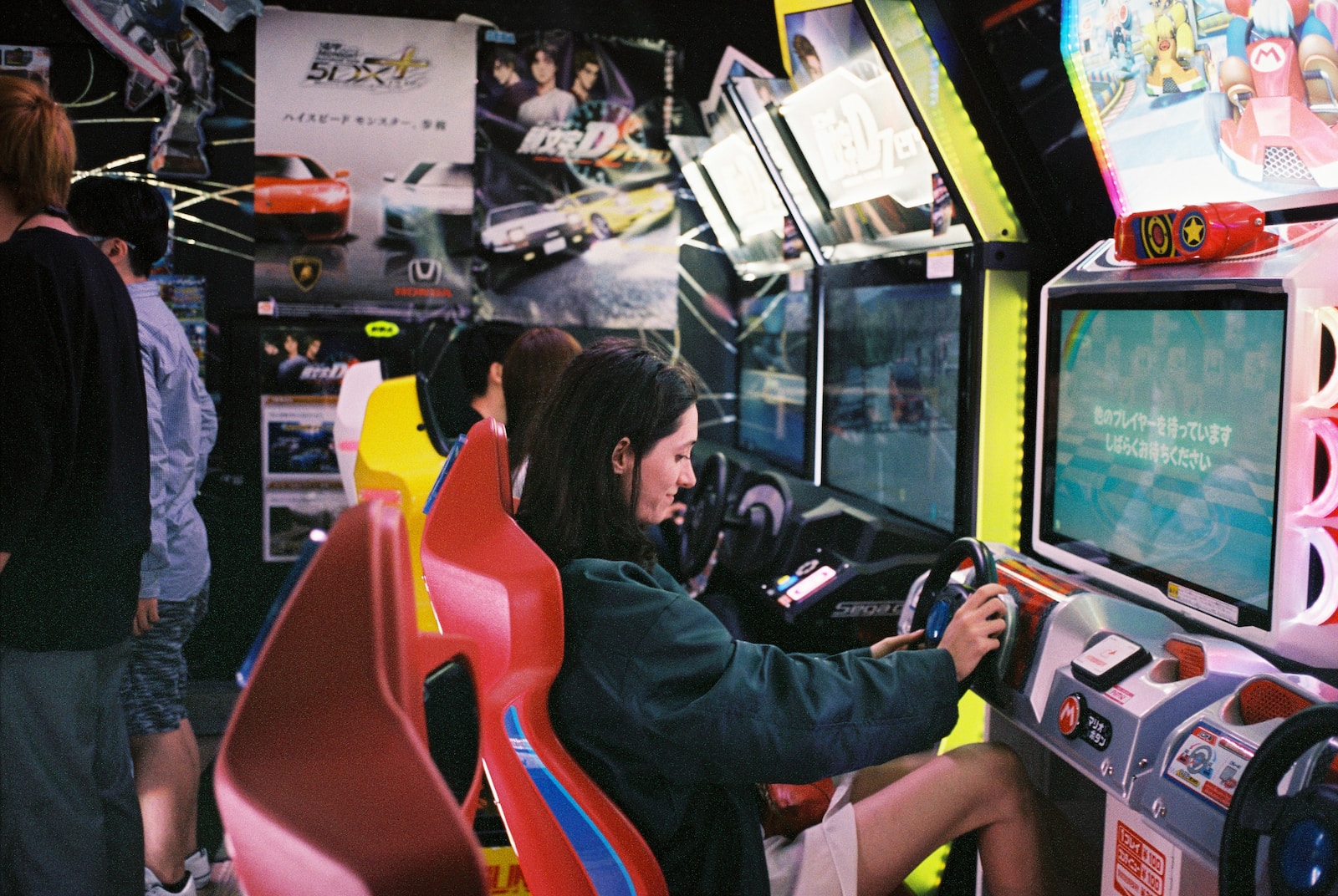
What is interesting about Formula 1?
It is the Adrenaline
Formula 1 is about the sweetness of victory and the bitterness of defeat at the time. As there is only one winner, all the others go without the fame they deserve. Each race is about colossal stress that every driver has experienced during the entire weekend, but as soon as the podium is about three drivers only, others rush to step up closer and closer, even if it is a hundreds of seconds issue.
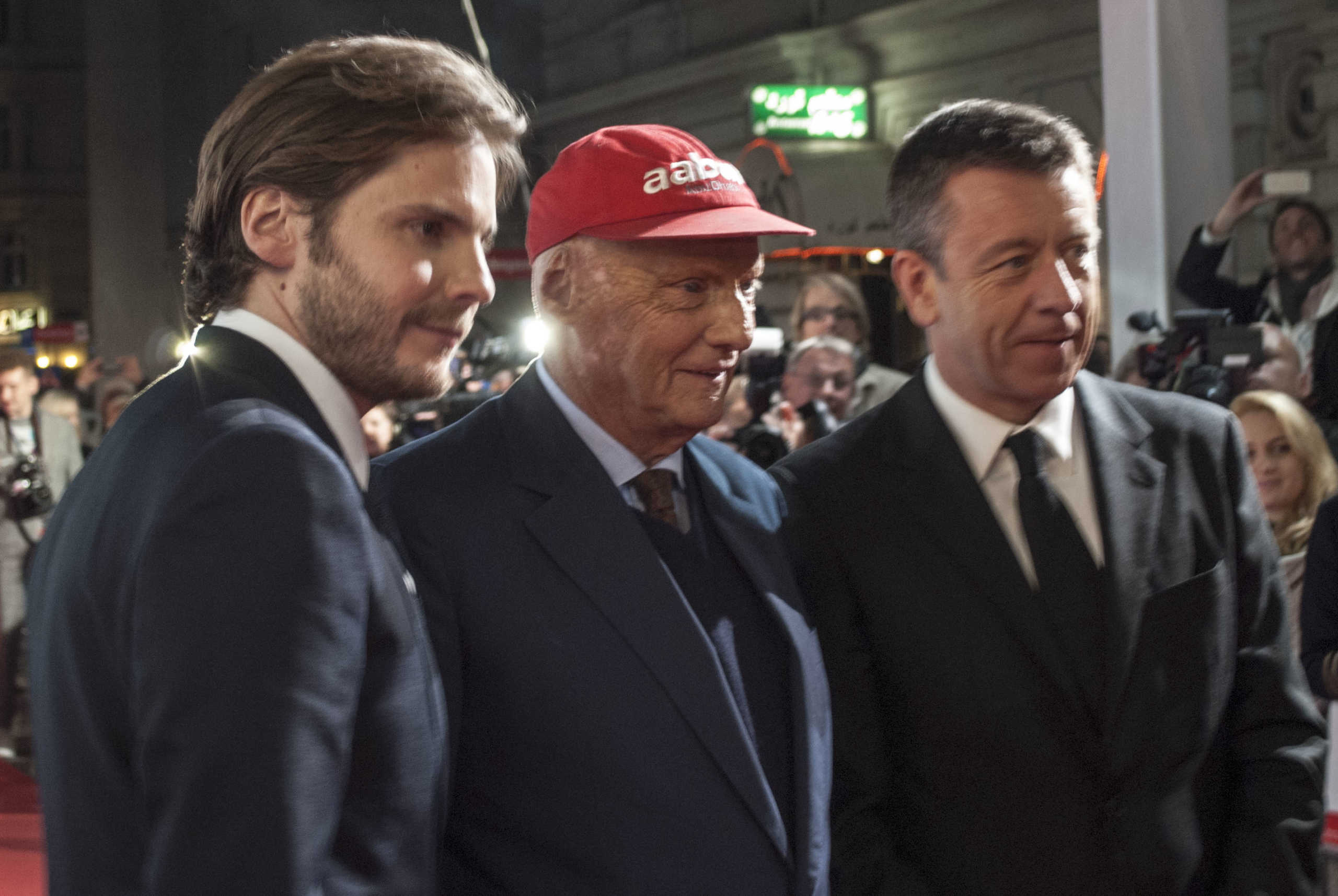
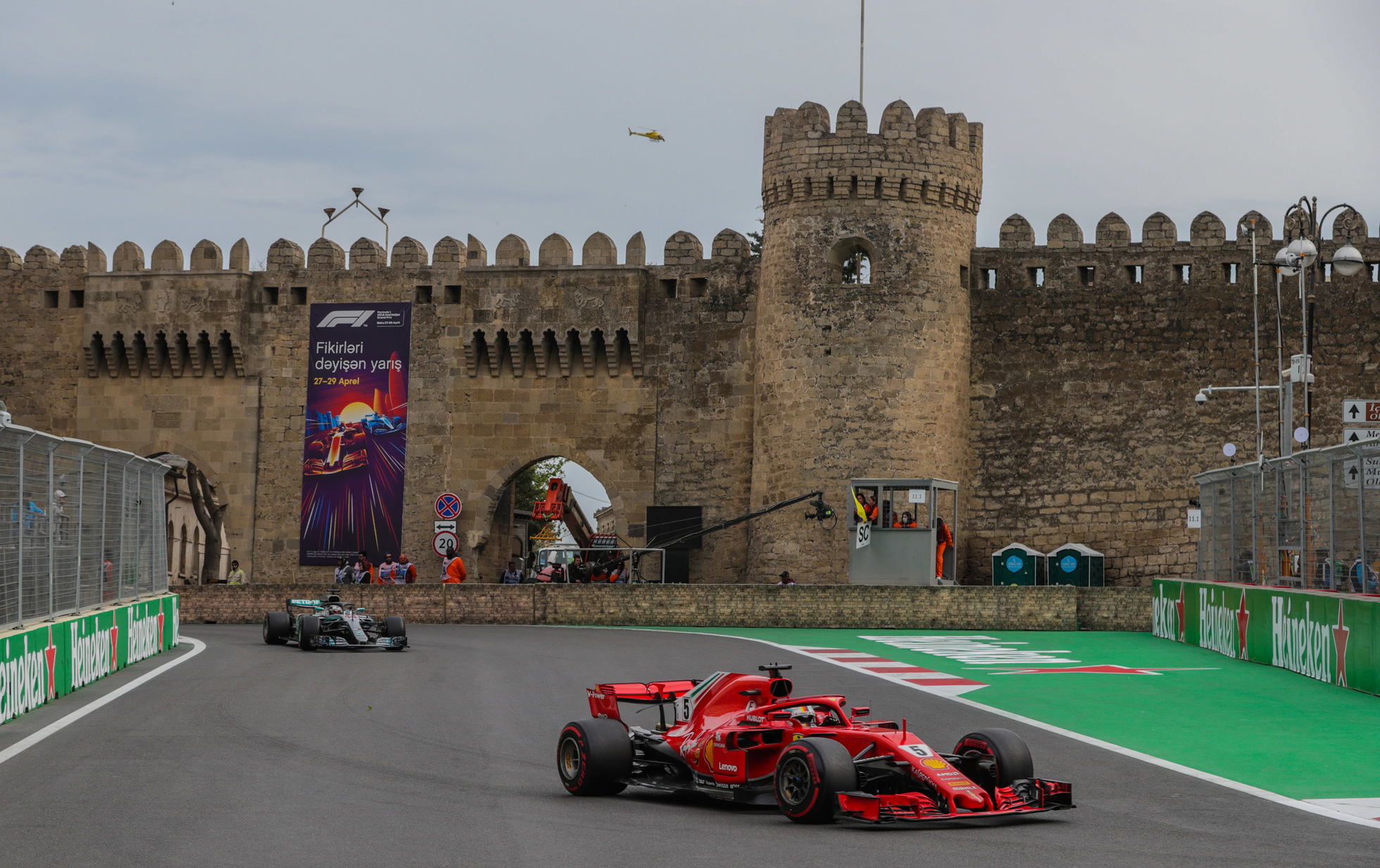
Drivers
We like F1 drivers as they recall us ourselves. Recently, drivers racing in Formula 1 became a bit closer to the public in some terms. It happened with promoting Formula 1 through social media. Today, we have the chance to know about athletes a bit more than it was decades ago, as we follow their Instagram, Facebook, and Twitter.
However, they are all different; they have their own tempers, hobbies, and problems, but they gained with the only passion – to finish this race first.
